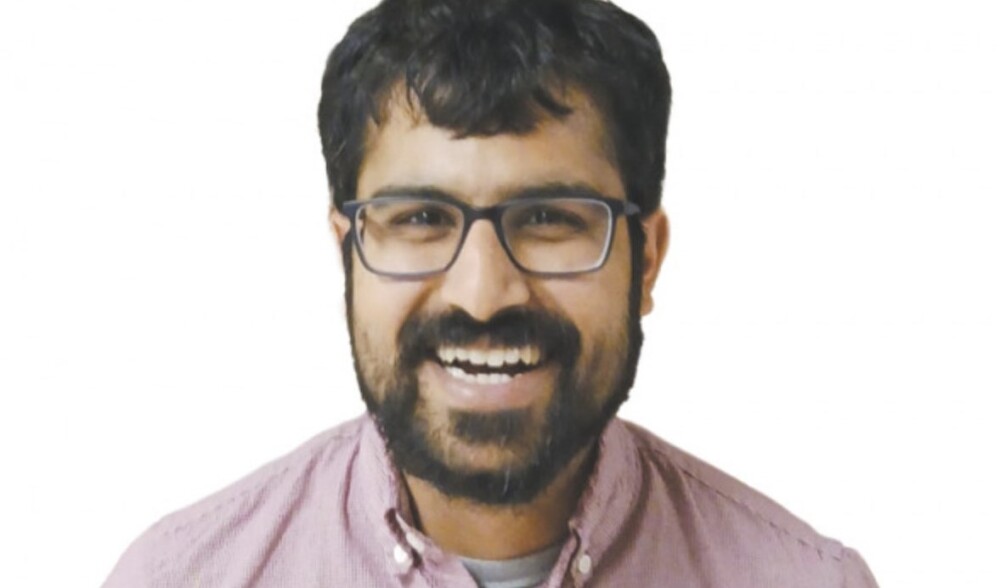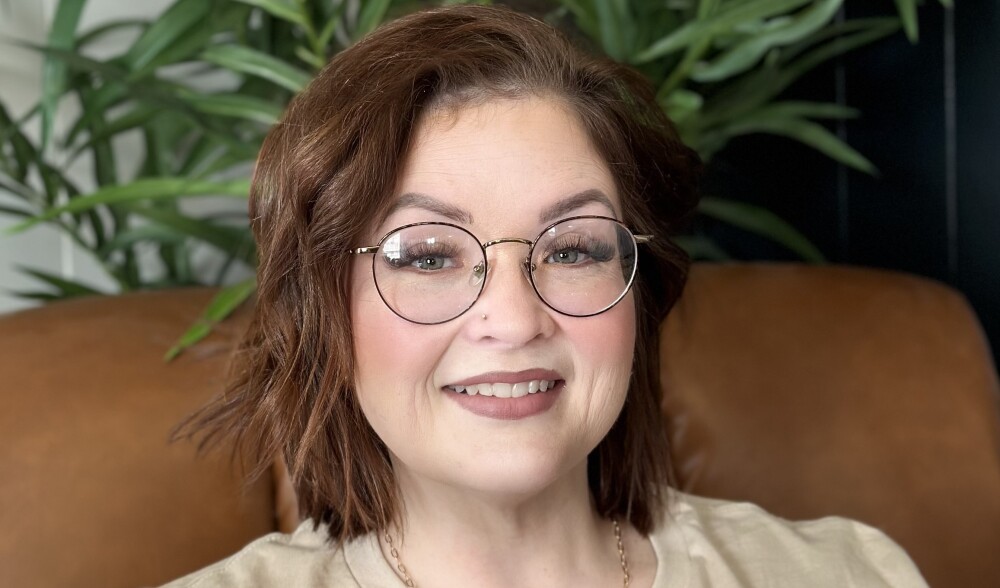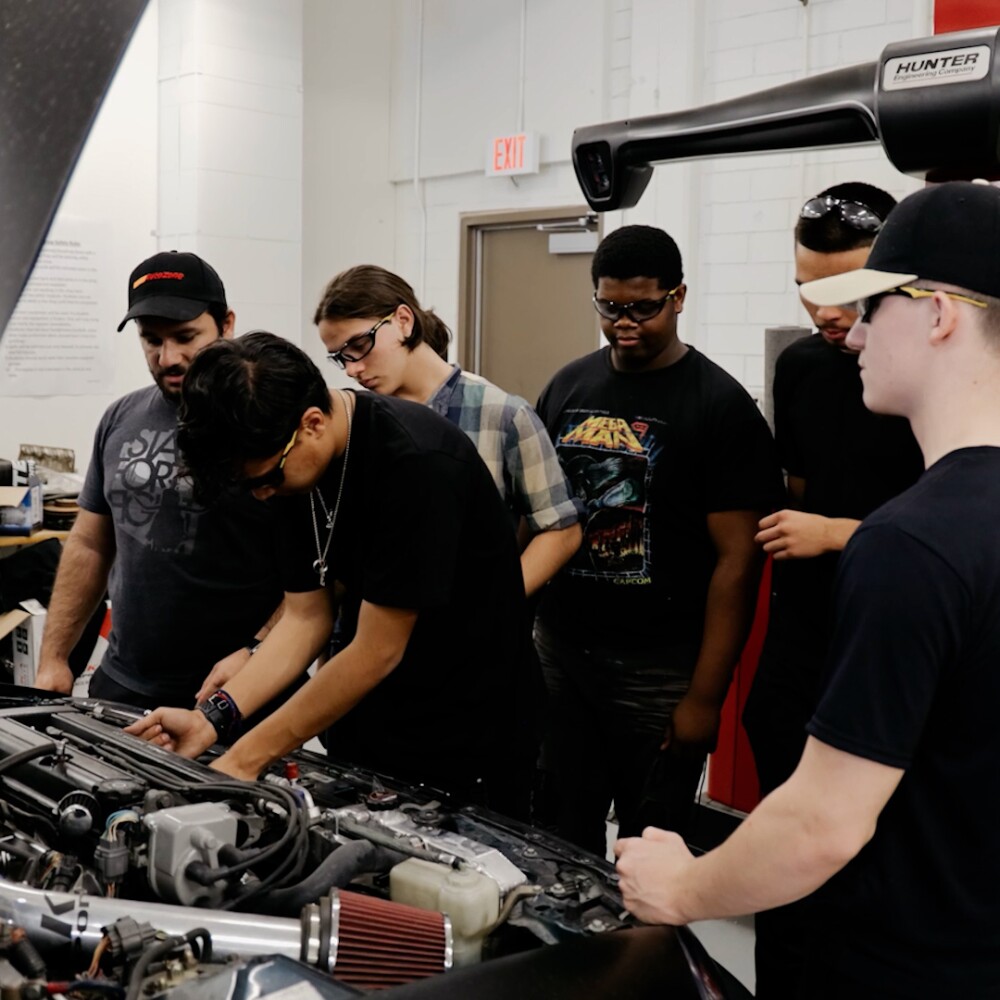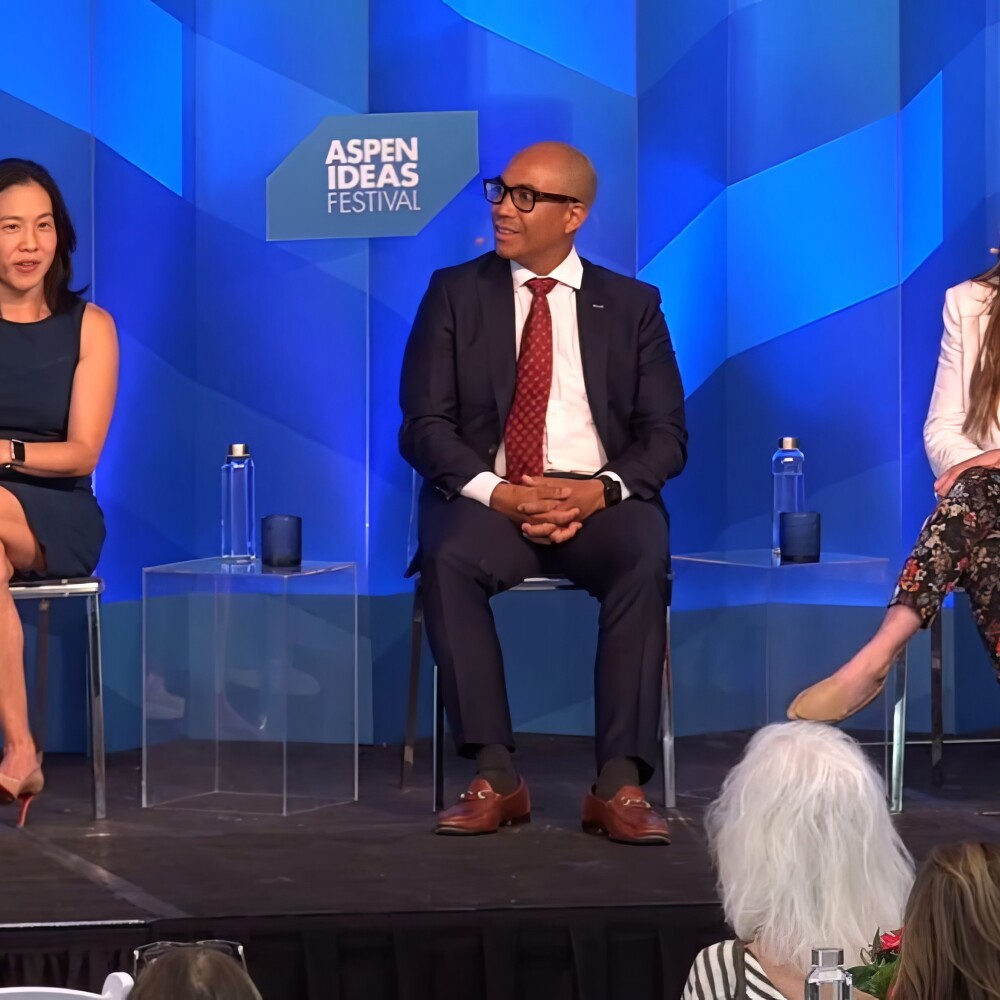A recent national survey of Gen Z attitudes suggests the vast majority of K-12 students are optimistic about their future prospects. But that optimism is undercut by a confidence gap: only half of students say they feel well prepared for what lies ahead.
What’s fueling their anxieties? More than 4 in 10 Gen Z students report feeling disengaged with their schoolwork. More than half say what they’re learning seems disconnected from their talents or interests.
The good news: Students who report having a strong connection with their teachers and learning are far more likely to feel encouraged about pursuing their post-graduation goals.
We checked in with six teachers across the country about what they are doing to help boost student confidence and better prepare them for future careers.
Ramping up real-world relevance in their classrooms
At T.C. Howe Middle School in Indianapolis, Ronak Shah is serious about giving his students the chance to take their learning into their own hands. Nearly half of Gen Z students say they feel most engaged in the classroom during hands-on activities.
“In my fourth year teaching, we dissected a heart in my seventh-grade science class,” Shah recalls. “I overheard one of my students telling her friend, ‘I can be a heart surgeon.’ A close family member of hers had recently been hospitalized for a major cardiac event, and she really wanted to be part of the solution. Now she’s an undergraduate in pre-med aiming to be a cardiologist. To me, authentic exposure is everything.”
Samantha Mitchell, a computer science teacher at Mayflower High School in Mayflower, Arkansas, is piloting a new program to show her students how writing code can power commerce. Students are paired with local small business owners to create mobile apps for their companies. It’s a critical need because many of them lack the resources or know-how to build a digital platform. Mitchell also forged a partnership with a cybersecurity firm to teach her students how to design cybersecurity protocols for their clients.
The unit integrates computer science with critical workplace skills like assessing client needs and tailoring products to meet specifications. Mitchell says she’s excited to “bring new opportunities to incorporate STEM skills and real-world experiences” to her students while also supporting the local business community.
For Amanda Dunn, the performing arts present a fresh angle for encouraging outside-the-box thinking and practicing executive functioning skills.
“Arts are an excellent way to get students to use both sides of their brains to think creatively and analytically,” says Dunn, a theater/oral communications teacher at Academies of West Memphis in Tennessee. “My students will focus on creativity and risk-taking and learn how to handle deadlines that can’t be missed and how to hold themselves accountable.”
Developing relevant skills and knowledge for life after high school
At Boulder High School in Colorado, language arts teacher Mary Rose Donahue puts students in the driver’s seat.
“My absolute favorite unit to teach is the [project-based learning] unit in which students choose their own topic, interview community experts and create a published website to share,” Donahue says. In past years, students have explored the effects of global warming on skiing, the importance of body positivity in dance and the demand for more mental health services for LGBTQ+ individuals. In the process, Donahue says, “students gain media literacy, interview skills and writing skills that will transfer to careers in tech, media, and beyond.”
Just as important as knowing what’s out there is knowing what’s inside. At Cleveland High School in Cleveland, Texas, ROTC aerospace science instructor Dylan Smith knows developing leadership and self-reliance are essential to fostering productive members of society. Smith designed a citizenship program with a focus on character and integrity — “leadership traits that help foster teamwork, communication and dependability,” he says. “By focusing on these areas, we cultivate the next generation of responsible and capable citizens.”
Earning a degree isn’t the only road to success. Fewer than 1 in 4 high school students say they’re well informed about other pathways, like apprenticeships, hands-on learning opportunities, and skill-building programs that offer professional credentials. For those who aren’t college-bound, the alternatives can seem discouraging and limited.
Gina Bernacchi, a teacher librarian at Highlands Ranch High School in Colorado, believes that showing kids the true breadth of post-graduation options is vital to helping more students find meaningful careers. “We have a career fair every year as well as a fantastic post-grad center that shows students all the different opportunities that are available to them,” Bernacchi says.
By designing hands-on, real-world projects and highlighting the full scope of non-college options, teachers can boost classroom engagement and help students see their learning as a pathway to a fulfilling career.








